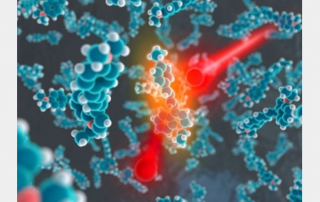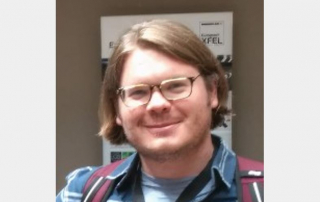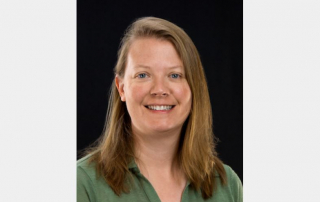Exploring the 3D Nano and Atomic World: Coherent Diffractive Imaging and Atomic Electron Tomography
The discovery and analysis of X-ray diffraction from crystals by Max von Laue, William Henry Bragg and William Lawrence Bragg in 1912 marked the birth of crystallography. Over the last century, crystallography has been fundamental to the development of many fields of science. However, many samples in physics, chemistry, materials science, nanoscience, geology, and biology are non-crystalline, and thus their 3D structures are not accessible by traditional crystallography. Overcoming this hurdle has required the development of new structure determination methods. In this talk, I will present two methods that can go beyond crystallography: coherent diffractive imaging (CDI) and atomic electron tomography (AET). In CDI, the diffraction pattern of a non-crystalline sample or a nanocrystal is first measured and then directly phased to obtain an image. The well-known phase problem is solved by combining the oversampling method with iterative algorithms. In the first part of the talk, I will briefly discuss the principle of CDI and highlight its capability of direct observation of 3D topological spin textures and their interactions in a ferromagnetic superlattice. In the second part of the talk, I will present a general tomographic method, termed AET, for 3D structure determination of crystal defects and disordered materials at the single atomic level. By combining advanced electron microscopes with powerful computational algorithms, AET has been used to reveal the 3D atomic structure of crystal defects and chemical order/disorder and to precisely localize the 3D coordinates of individual atoms in materials without assuming crystallinity. The experimentally measured coordinates can then be used as direct input for quantum mechanical calculations of material properties such as atomic spin and orbital magnetic moments and local magnetocrystalline anisotropy. As coherent X-ray sources and powerful electron microscopes are under rapid development around the world, we expect that CDI and AET will find broad applications in both the physical and biological sciences.


